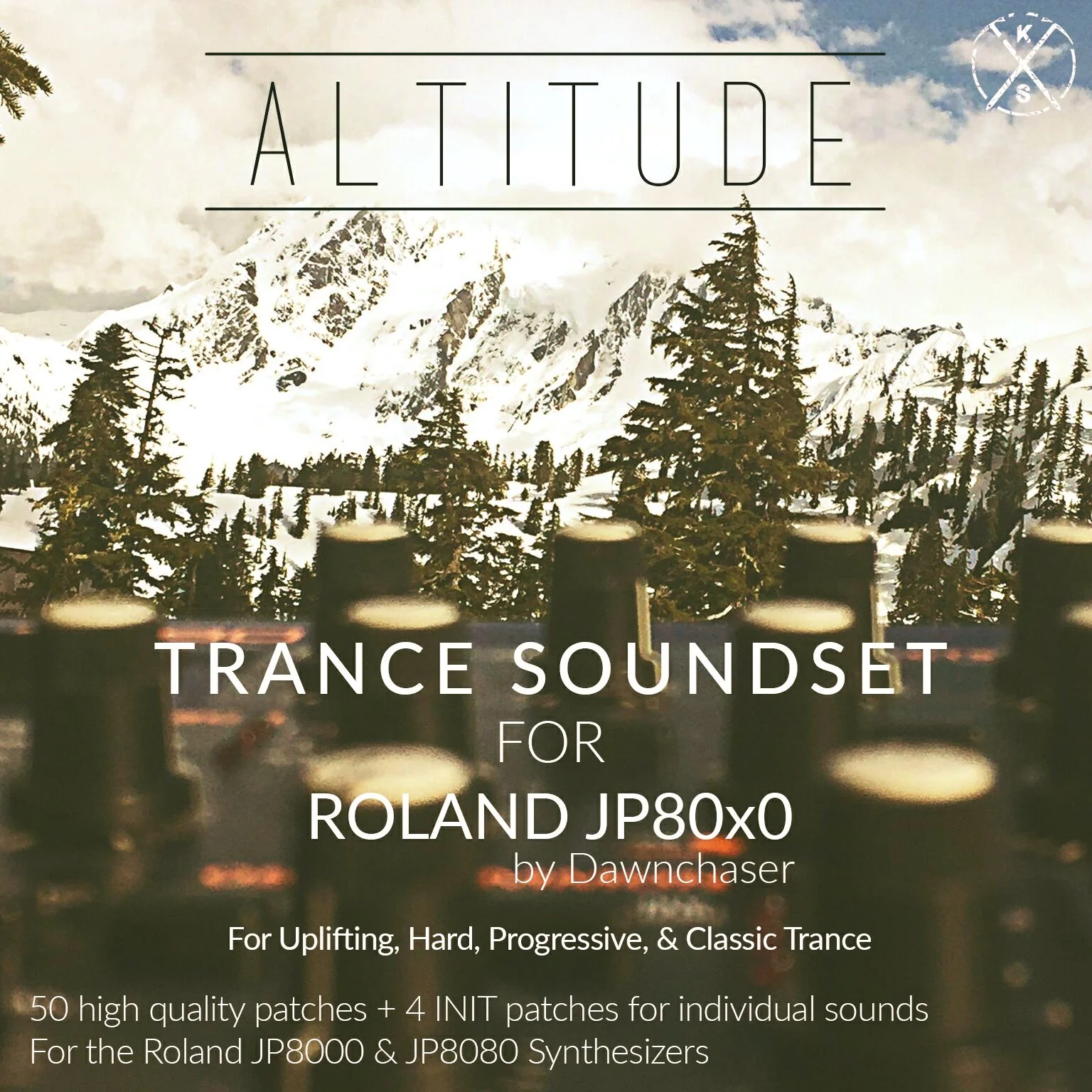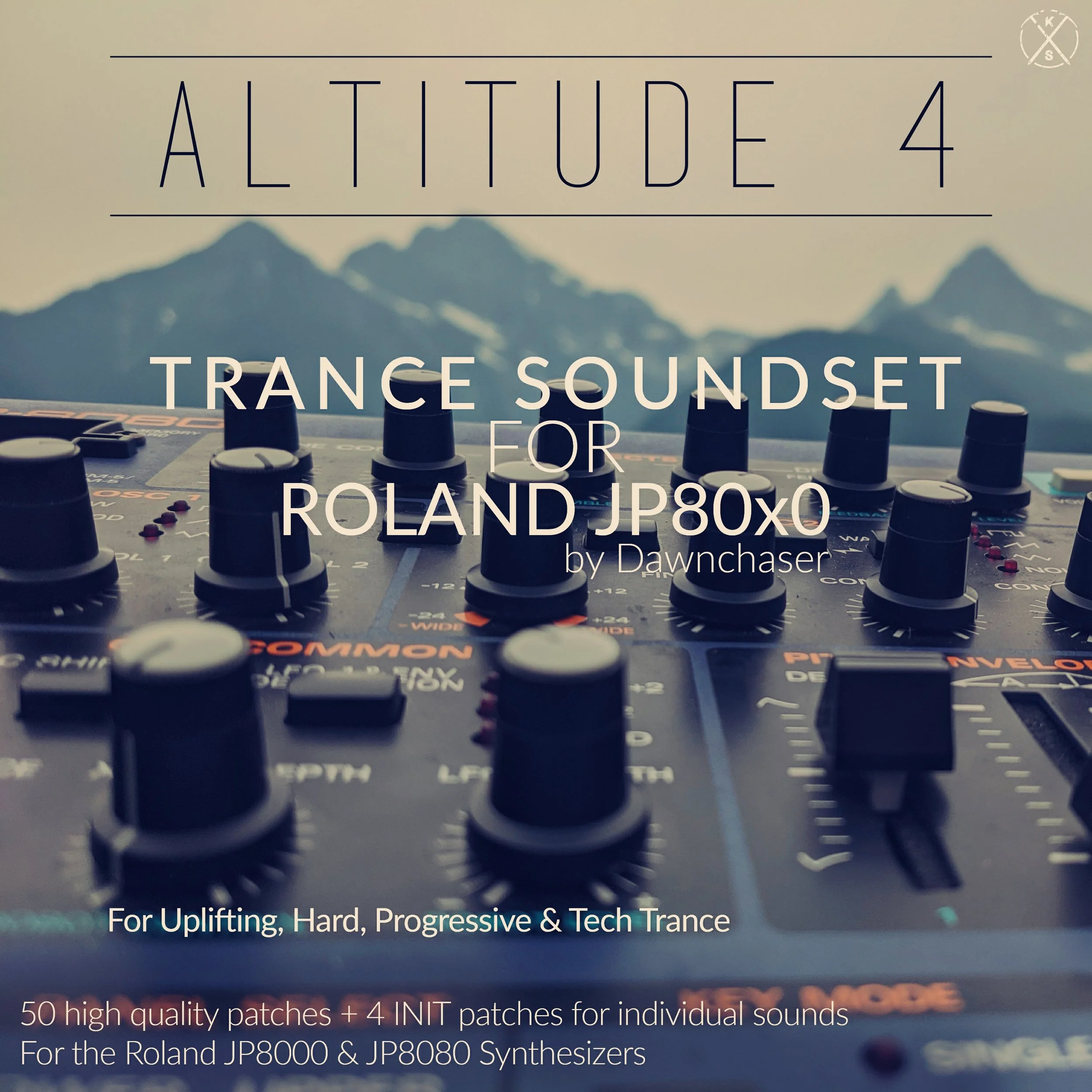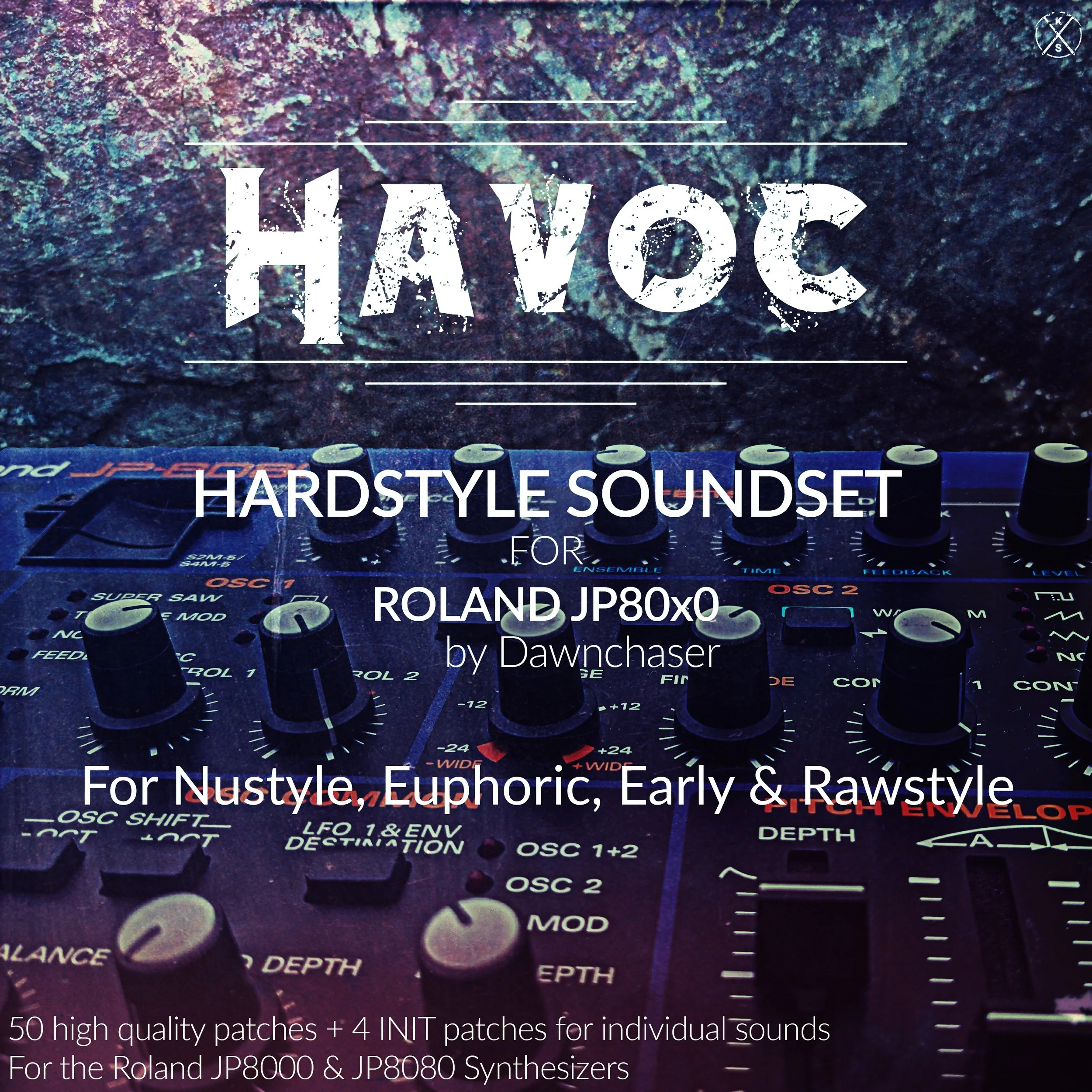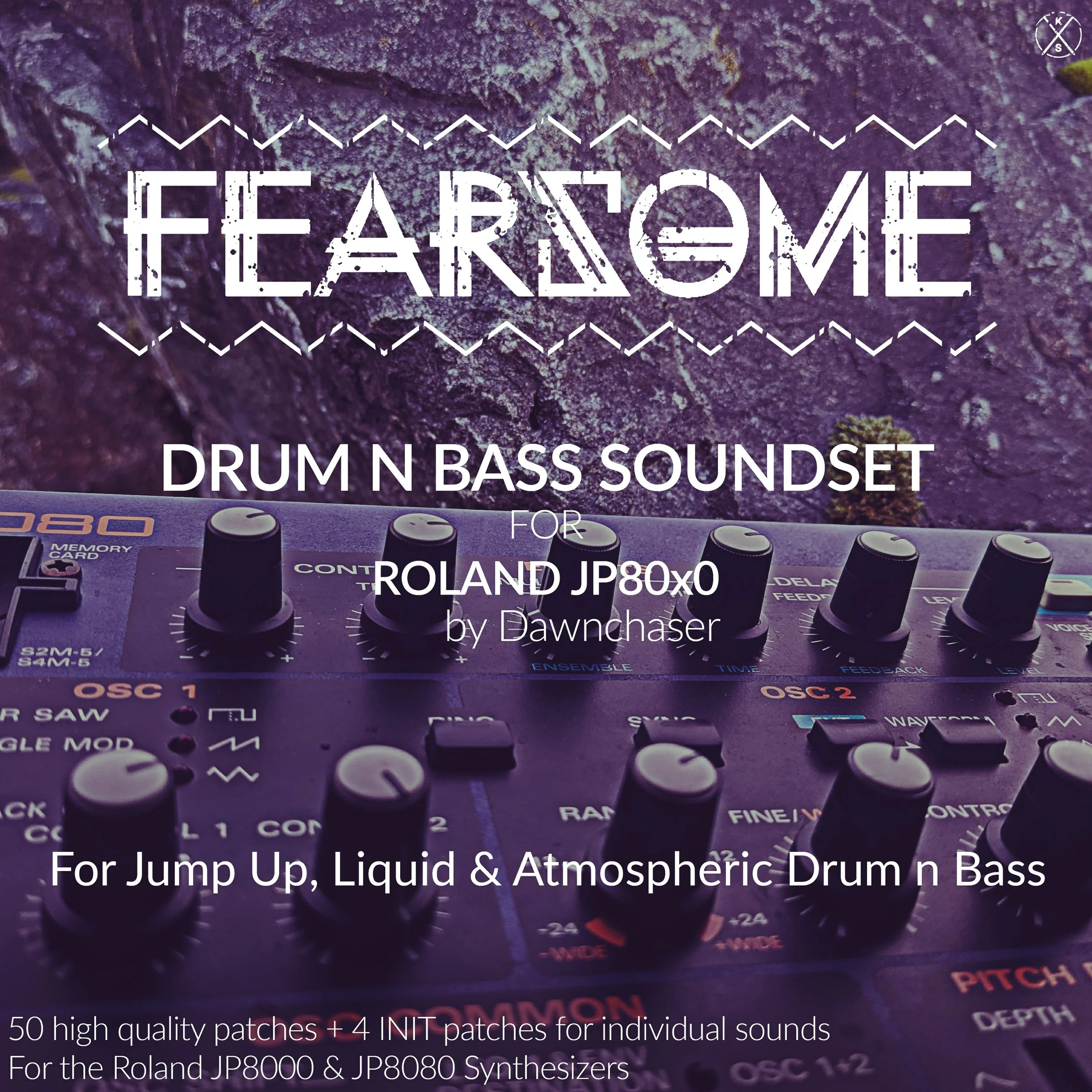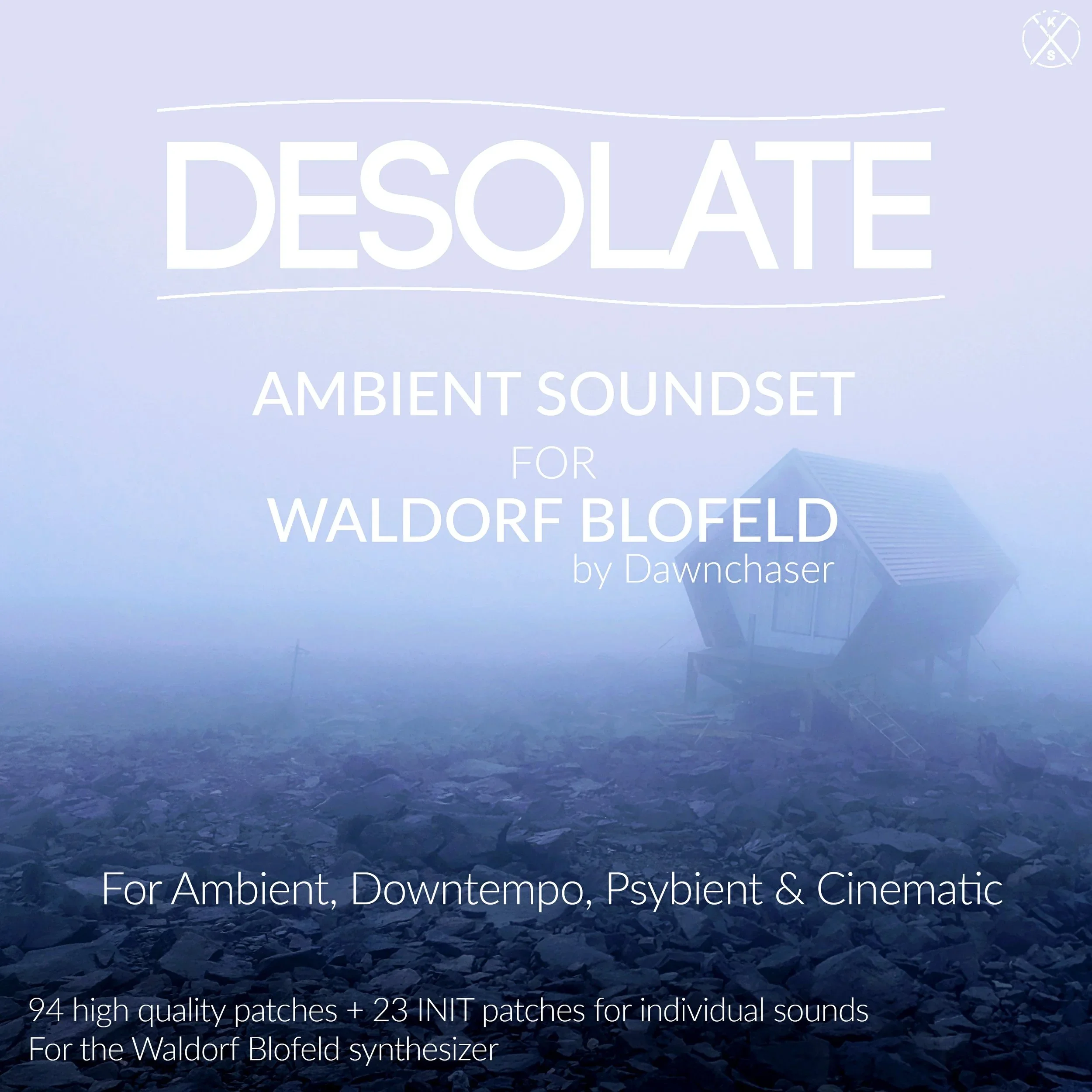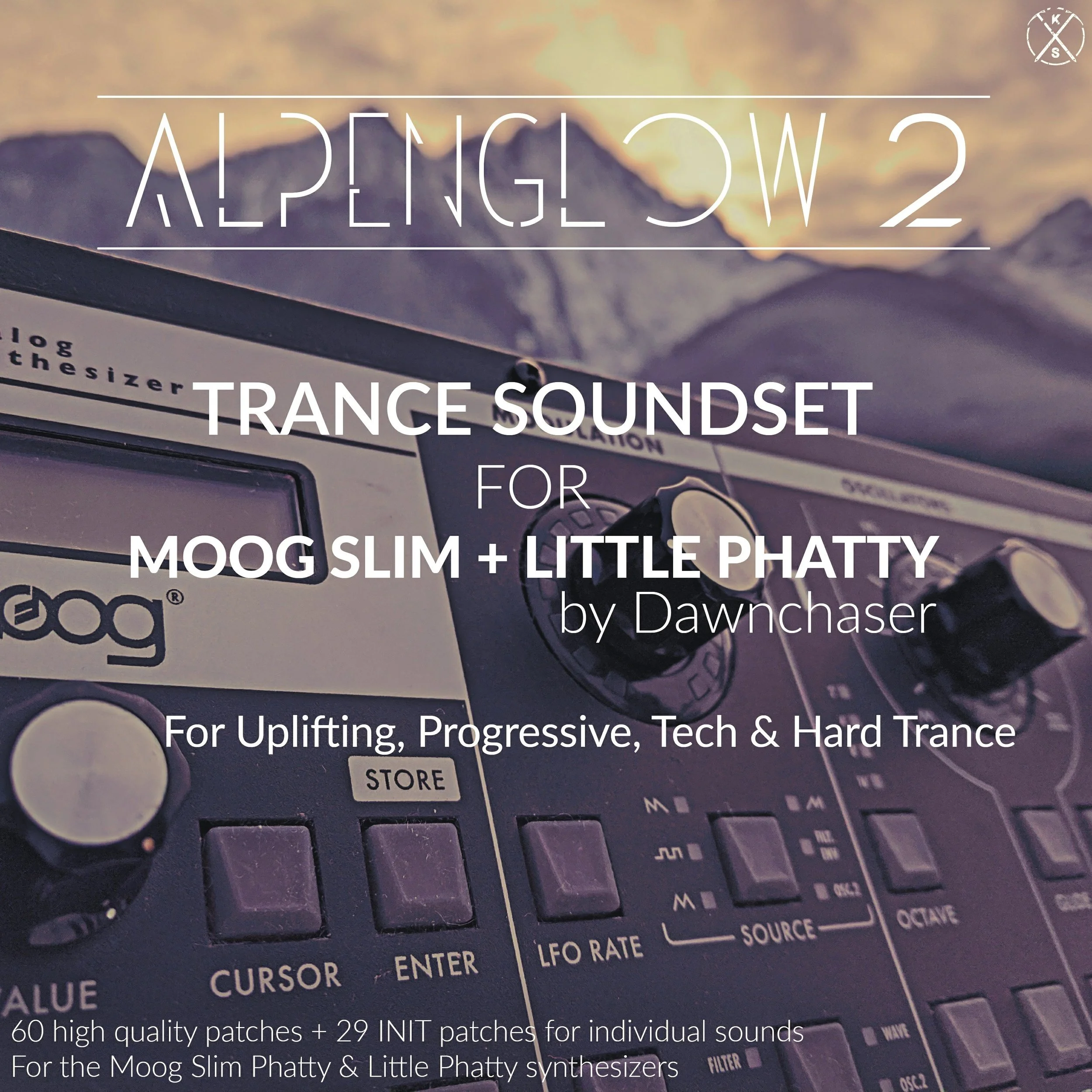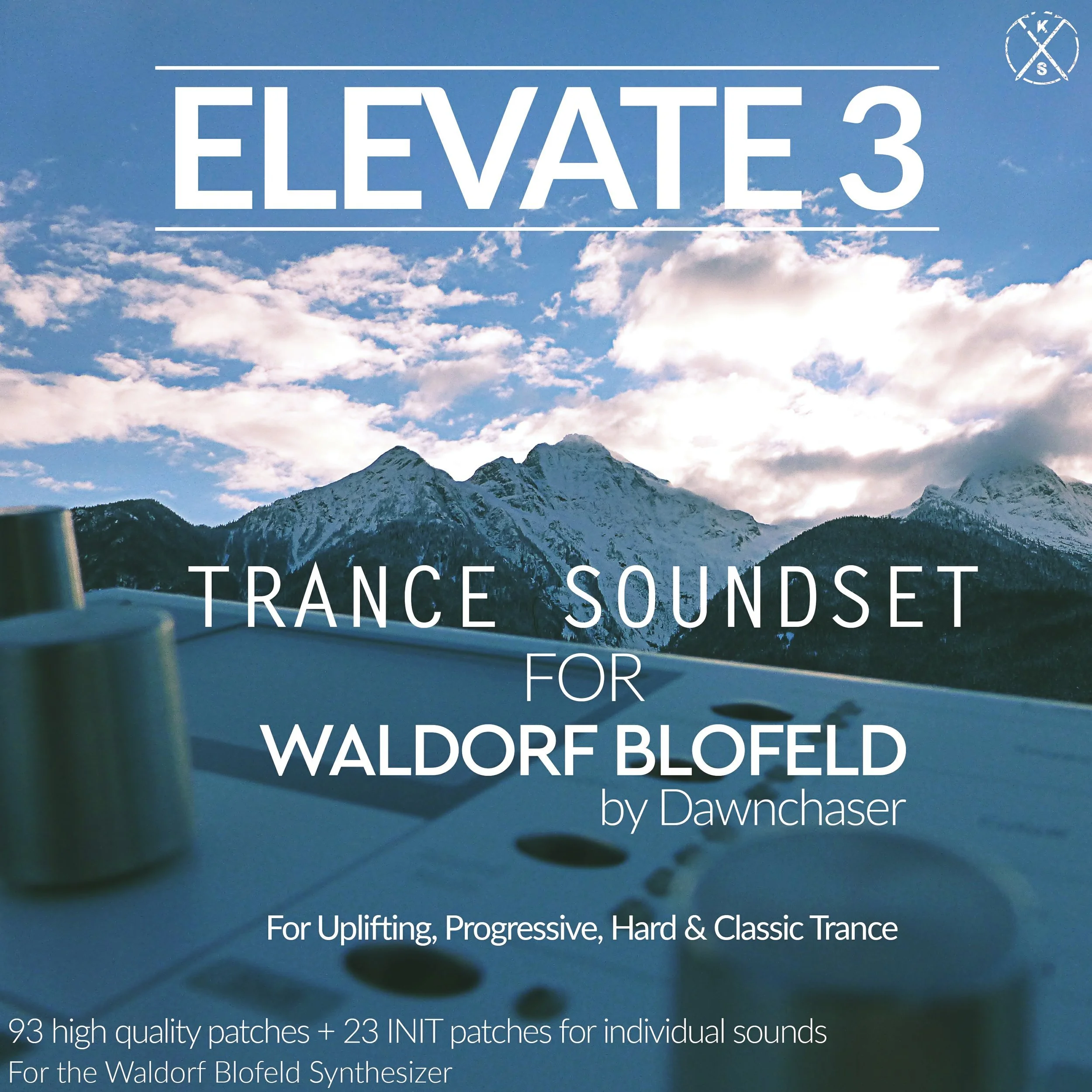Perhaps one of the rare synths deserving of the title Most Obscure Modern Classic. Well-beloved in sound designer circles, it’s a descendent of the Waldorf Q, Micro Q, XT, and Microwave series (and includes a number of their wavetables and filters), it is easily one of the most versatile synths on the market. What it lacks in user-friendliness and front panel accessibility, it makes up for in creating clean, fat plucks, basses, evolving pads and soundscapes, and gnarly basses. Users can upload their own wavetables into the synth, and with 25 voices of polyphony (not fixed, though), it works well in Trance. And hardly anyone in the Trance world is using it, so it’s perfect for creating sounds no one else is making.
Polyphony: 25 voices maximum (Poly, Mono, Dual or Unison modes)
Multitimbral: 16 parts
Sampler: 44.1kHz mono with 60 Mb RAM
Oscillators: 3 oscillators per voice (128' to 1/2') plus noise, frequency modulation, ring modulation
Waveforms: All Q Oscillator models: sine, saw, triangle, square with PWM; 68 digital 16-bit wavetables from Microwave II/XT/XTK
LFO: 3 LFOs per voice with square, sine, saw, triangle, S&H, random with delay and fade in/out
Modulation: Modulation Matrix with 16 Slots, freely programmable
Filter: 2 independent Multi Mode Filters per voice: Low pass, High pass, Band pass, Notch, Comb; 12 or 24 dB/oct modes
Envelope: 4 Envelopes per voice, ADSR, AD1S1D2S2R, One Shot, Loopable
Effects: 2 Effect units with Chorus, Flanger, Phaser, Overdrive, Decimator, Delay, Reverb
Vocoder: None
Sequencer: None
Arpeggiator: Programmable, 16 steps, Up, Down, Alt Up, Alt Down, Random
Memory: 1024 sounds, 128 multi sets
Control: MIDI IN (plus OUT on Keyboard), USB
